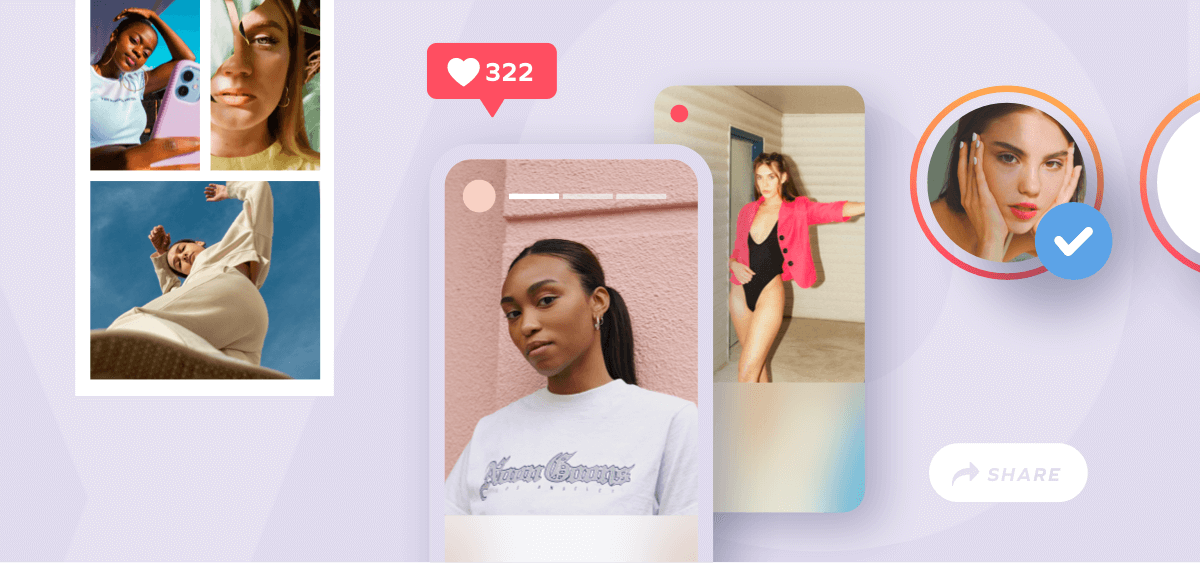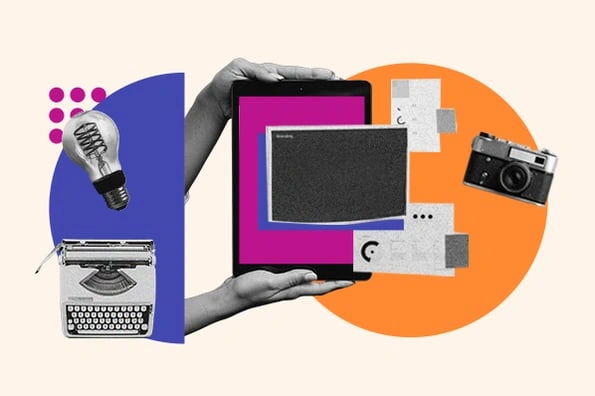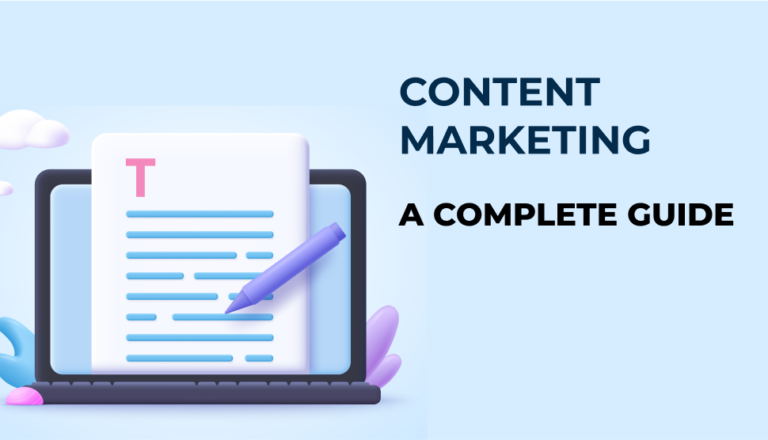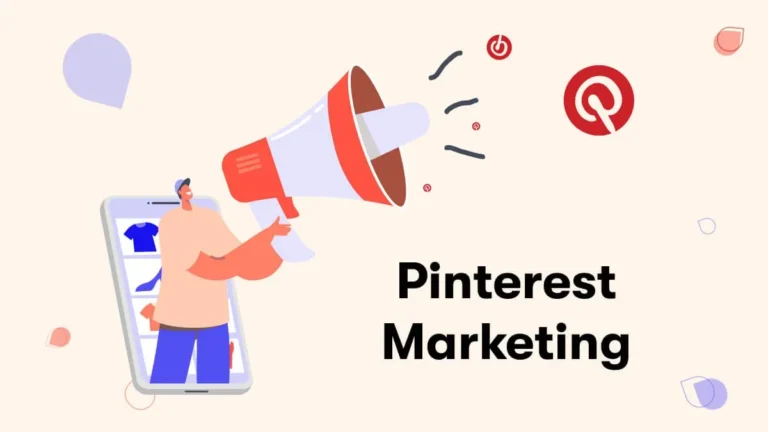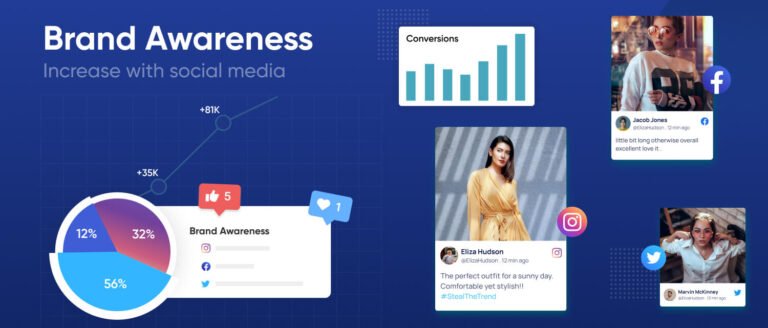The Role of User-Generated Content in Boosting Engagement
In 2025, as social media landscapes evolve and consumer behavior shifts, User-Generated Content (UGC) continues to stand out as a powerful tool for brands to enhance engagement, build trust, and foster community. UGC encompasses any content—images, videos, reviews, and social media posts—created by customers rather than brands, offering an authentic perspective that resonates more deeply with audiences.
This article will explore the nuanced role of UGC in enhancing engagement and take a deep dive into actionable strategies for encouraging it, the benefits it brings to brands, and successful examples across various industries.
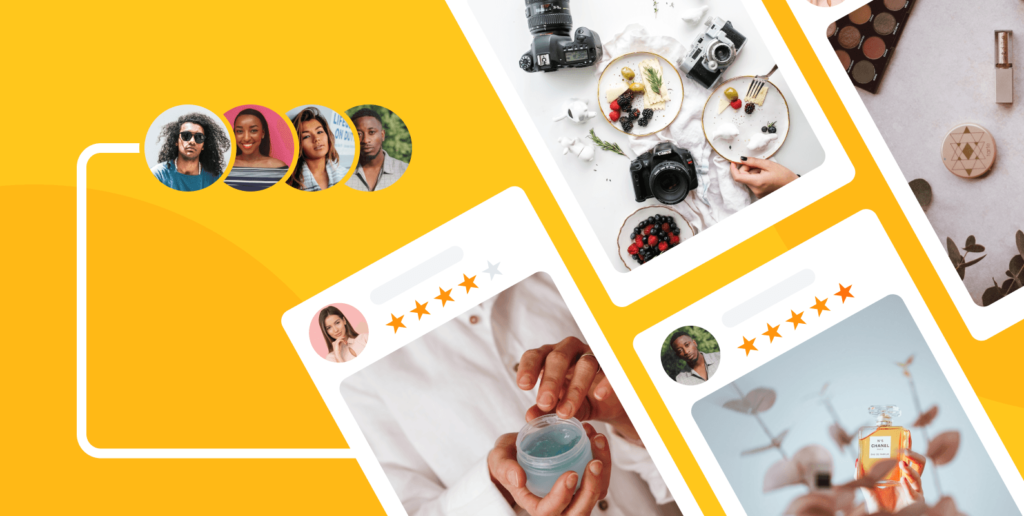
Why User-Generated Content Matters More Than Ever
1. Increasing Demand for Authenticity
Consumers today are savvy and can spot advertisements easily, often dismissing branded content that seems overly promotional. Studies show that 92% of consumers trust recommendations from friends or peers over brand-created content. UGC resonates with audiences because it brings authenticity; followers are far more likely to trust content created by real people, with genuine experiences, rather than carefully curated brand posts.
Moreover, 90% of consumers say that authenticity is a significant factor in deciding which brands they support. When potential customers see real people using and enjoying a product, they are more inclined to trust and engage with the brand.
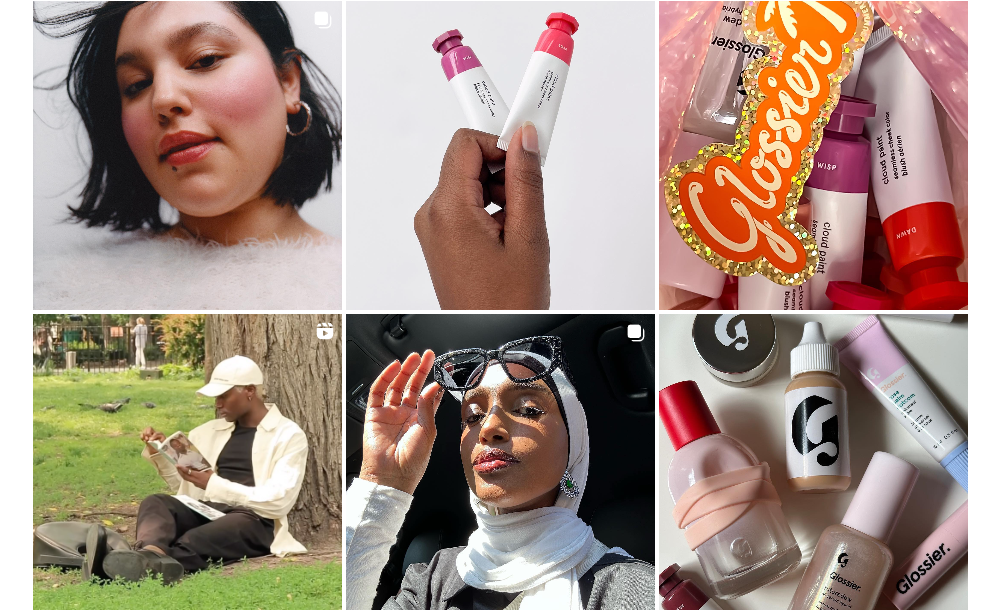
2. Cost-Effective Content Creation for Brands
For brands, UGC serves as a steady source of fresh content at minimal cost. Content creation can often be resource-intensive, requiring design, production, and marketing efforts. By encouraging UGC, brands can tap into a wealth of content that doesn’t need to be created in-house, freeing up resources and allowing marketing teams to focus on strategy rather than production.
Additionally, UGC enables brands to maintain a consistent posting schedule without incurring the high costs associated with traditional content creation. This also allows brands to keep their feeds fresh, with posts that reflect a wide array of authentic, real-world interactions.
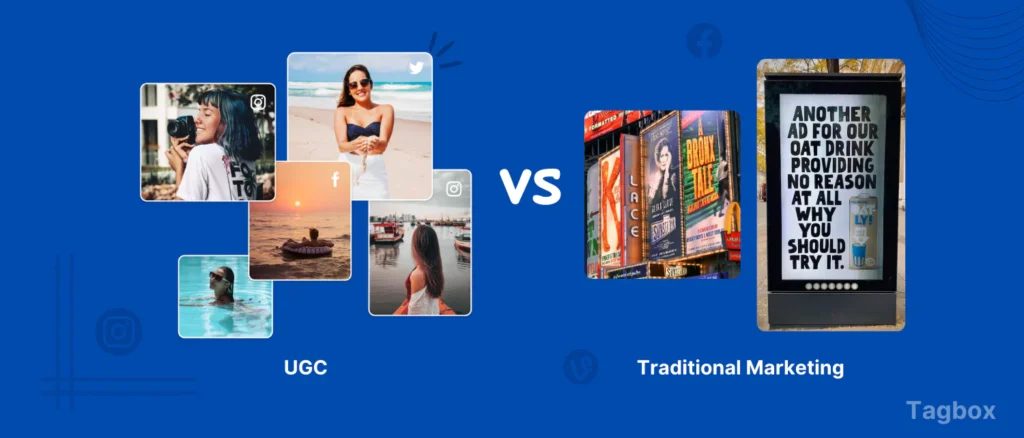
How User-Generated Content Drives Engagement
1. Building a Community Through Shared Experiences
User-generated content serves as a bridge between brands and their audiences by cultivating a sense of community. When followers see their posts featured by a brand, it encourages them to feel part of a larger community and increases the likelihood of continued engagement.
Example: For instance, a lifestyle brand may encourage customers to share photos of their favorite ways to use its products under a branded hashtag. By sharing these posts, the brand fosters a community around shared interests, creating a sense of belonging.
2. Amplifying Engagement Through Social Proof
Social proof is the concept that people will follow the actions of others in decision-making. UGC serves as a powerful form of social proof, as it showcases real users who love and engage with a product. This boosts engagement rates, as followers who see other people interacting with a brand are more likely to join in themselves.
For brands, leveraging social proof can lead to exponential growth in engagement. UGC content garners 73% more positive comments on social networks than traditional ads, underscoring how much consumers value authentic interactions.
3. Strengthening Brand Loyalty and Advocacy
When brands highlight UGC, customers feel seen, valued, and more loyal to the brand. By regularly featuring UGC, brands can encourage followers to become loyal advocates. These advocates often feel a personal connection with the brand and will readily promote it to their networks, creating an ongoing cycle of engagement.
Example: Outdoor lifestyle brands like Patagonia have successfully created loyalty through UGC by showcasing customers engaging in activities aligned with their brand ethos. These posts not only foster loyalty but also establish an emotional connection with the audience.
Key Strategies for Encouraging User-Generated Content
1. Branded Hashtag Campaigns
Launching a branded hashtag campaign is one of the most effective and straightforward ways to encourage UGC. This allows customers to easily participate in creating content that’s discoverable by other users.
- Best Practices: Make the hashtag easy to remember, spell, and relevant to your brand.
- Examples of Successful Hashtags: #WayfairAtHome by Wayfair allows customers to share their home decor setups, while #ShareaCoke by Coca-Cola invited fans to share photos of Coke bottles with their names, driving millions of impressions.
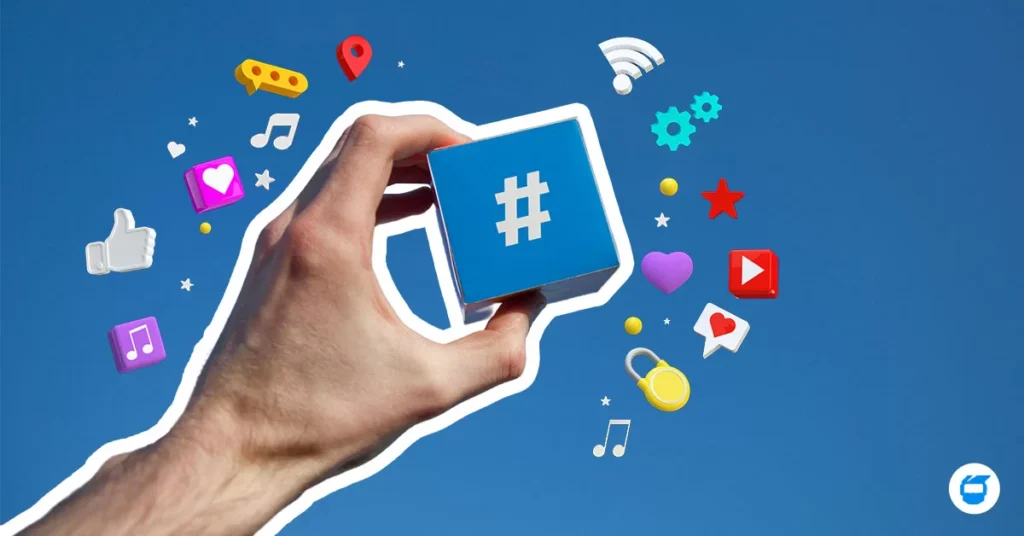
2. Run Contests and Giveaways
Contests and giveaways are powerful tools for generating UGC because they provide a compelling incentive for customers to participate. People are more likely to submit photos, videos, or stories when there’s a chance to win something in return.
Steps to Run a Successful UGC Contest:
- Define Objectives: Clarify whether the contest’s goal is to increase brand awareness, boost engagement, or generate leads.
- Establish a Unique Theme: Create a specific theme for the content, like “Favorite Product Moments” or “Creative Product Uses.”
- Provide Clear Instructions: Ensure participants know how to enter by setting specific requirements, such as using a particular hashtag or tagging the brand.
- Offer Relevant Prizes: The prize should be valuable and aligned with your audience’s interests to drive participation.
Example: Starbucks’ #RedCupContest encourages customers to decorate and share their holiday-themed red cups, creating a yearly surge in engagement and reinforcing brand association with festive experiences.

3. Customer Reviews and Testimonials
Reviews and testimonials are a potent form of UGC that directly impacts purchasing decisions. Featuring customer reviews prominently on social media, websites, and product pages not only builds trust but also encourages other customers to leave their own reviews.
Tips for Encouraging Reviews:
- Follow Up with Recent Purchases: Send follow-up emails encouraging customers to review their purchase.
- Incentivize Reviews: Offer discounts or small rewards for customers who leave detailed, genuine reviews.
- Showcase Reviews Across Channels: Use social media, website testimonials, and even in-store displays to showcase customer feedback, maximizing the impact of each review.
Example: Beauty brands like Glossier showcase customer testimonials on product pages and social media, using real feedback to build trust and credibility with potential buyers.
4. Develop a Brand Ambassador Program
Ambassador programs encourage loyal customers to share content regularly in exchange for rewards, exclusive access, or discounts. Ambassadors are often long-term advocates who resonate with the brand’s ethos and have a direct connection with the target audience.
Steps for Setting Up an Ambassador Program:
- Define the Role: Specify the expectations, such as monthly posts, product reviews, or participation in events.
- Provide Exclusive Perks: Offer discounts, free products, or early access to new releases to incentivize participation.
- Highlight Ambassadors on Your Platforms: Feature ambassador content on social media and websites to boost their reach and show appreciation.
Example: Lululemon’s ambassador program allows yoga and fitness influencers to promote the brand authentically, building a community that deeply resonates with Lululemon’s customer base.
5. Encourage Content Creation During Events
Events, whether in-person or virtual, are prime opportunities for generating UGC. By creating interactive experiences at events, brands can encourage participants to capture and share their experiences on social media.
Ideas for UGC at Events:
- Create Branded Photo Booths: Include props and hashtags so attendees can share branded photos.
- Offer Exclusive Merch: Give away branded items that attendees can share photos of on social media.
- Run Event-Exclusive Contests: Encourage event attendees to post about their experience under a branded hashtag to win event-specific prizes.

6. Utilize Micro-Influencers to Boost UGC
Micro-influencers, who typically have between 10,000 and 50,000 followers, can be instrumental in jumpstarting UGC campaigns. Their posts are often more relatable than larger influencers, and their followers tend to be more engaged.
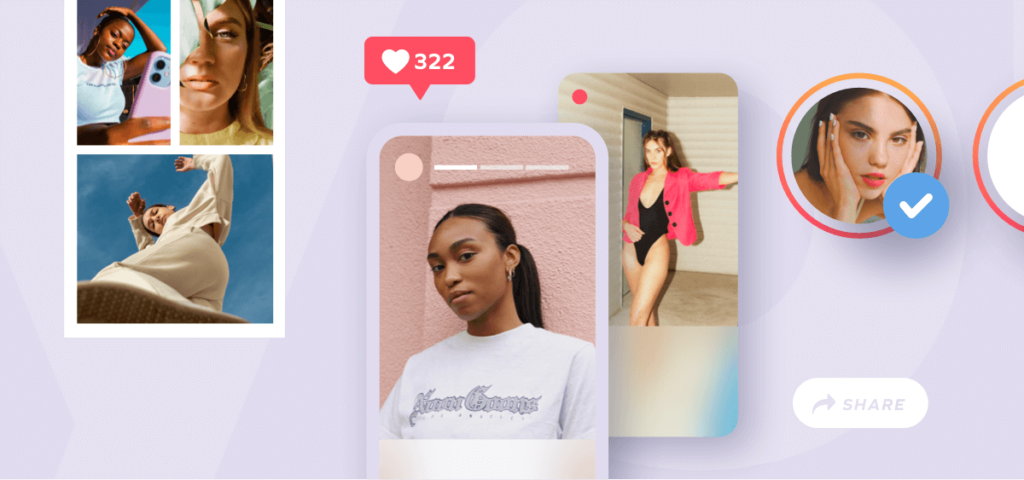
How to Effectively Use Micro-Influencers for UGC:
- Choose Influencers Aligned with Your Brand: Find influencers whose values resonate with your brand to ensure authentic content.
- Offer Creative Freedom: Let influencers showcase the product in their own style, which encourages genuine interaction.
- Track Results: Use unique hashtags or links to measure the impact of influencer-generated content on engagement and conversions.
Example: A health and wellness brand might collaborate with fitness influencers who share their journey, encouraging their followers to participate by sharing their own experiences.
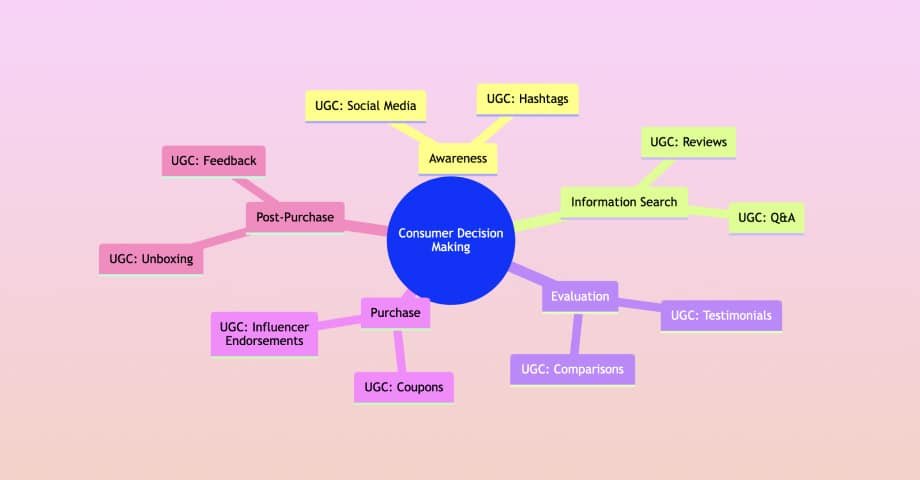
The Impact of User-Generated Content on Different Marketing Channels
1. Website Integration for Testimonials and Galleries
Embedding UGC on websites increases trust and credibility, especially for e-commerce brands. A dedicated UGC gallery or customer review section on product pages can showcase real experiences, making it easier for visitors to relate and feel confident in purchasing.
Example: E-commerce brand Patagonia showcases photos of customers wearing their products in real-world settings, creating a dynamic product gallery that appeals to potential buyers.
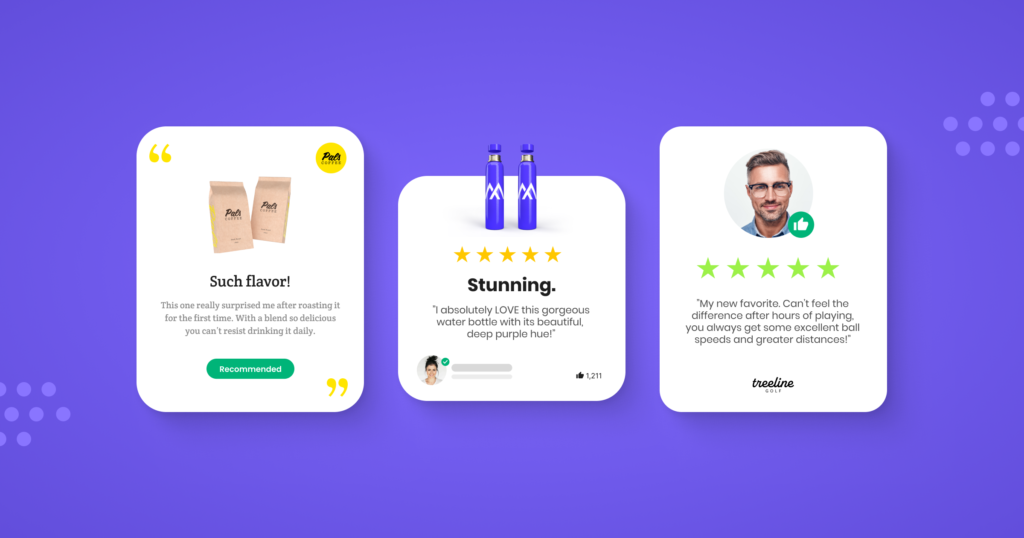
2. Social Media for Amplifying Reach
Platforms like Instagram, TikTok, and Facebook are ideal for showcasing UGC due to their visual nature. Instagram Reels, Stories, and TikTok videos are excellent for sharing customer experiences in a relatable way that encourages further engagement.
Example: Fenty Beauty often shares customer makeup looks on Instagram, showcasing how people of diverse backgrounds use their products, which broadens appeal and strengthens brand identity.
3. Email Marketing with Customer Stories
UGC can be effectively used in email marketing by featuring customer stories or review highlights. Including UGC in emails adds authenticity and can boost click-through rates by drawing recipients to explore more on the brand’s website.
Example: A travel brand might use UGC in email newsletters, featuring customer photos from popular destinations to inspire bookings.
Case Studies: Successful UGC Campaigns Across Industries
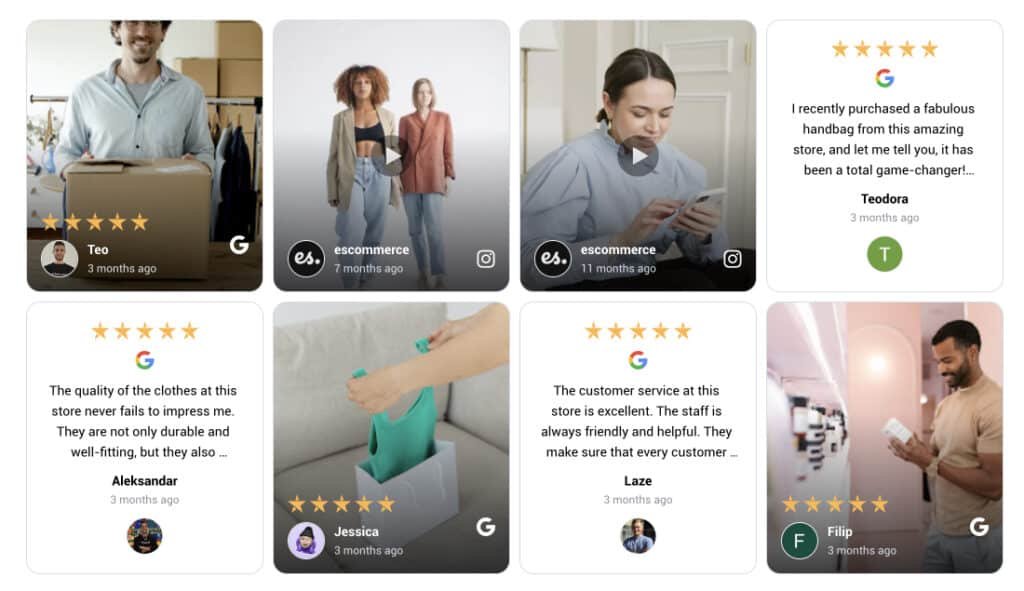
1. Coca-Cola’s #ShareACoke
Coca-Cola’s iconic #ShareACoke campaign invited customers to find personalized Coke bottles and share photos on social media. The campaign went viral, generating over 500,000 posts and a 25 million follower increase, demonstrating the potential reach of UGC when tied to a personal experience
2. Airbnb’s Real-Life Experiences
Airbnb encourages guests to share real-life experiences from their stays, creating a library of authentic travel content that promotes unique rentals. This UGC not only provides travel inspiration but also builds a community around shared experiences, driving both brand awareness and loyalty.
3. Starbucks’ Red Cup Contest
Each holiday season, Starbucks’ Red Cup Contest invites customers to decorate and share photos of their red cups. This annual campaign fosters creativity and strengthens the bond between Starbucks and its customers, reinforcing brand loyalty and seasonal engagement.
FAQ: Understanding and Leveraging User-Generated Content (UGC)
Conclusion
In 2025, user-generated content is a cornerstone of successful digital marketing strategies. Offering authentic, cost-effective, and relatable content, UGC enables brands to build strong, engaged communities while promoting genuine interactions with customers. From branded hashtags to ambassador programs, brands have numerous ways to harness UGC effectively.
As consumer demand for authenticity grows, brands embracing UGC stand to gain not only enhanced engagement but also long-term loyalty. For businesses ready to amplify their engagement, leveraging the power of UGC is essential—an approach that turns followers from passive observers into active, passionate participants in the brand’s journey.
Disclosure: Our blog contains affiliate links to products. We may receive a commission for purchases made through these links. However, this does not impact our reviews and comparisons. We try our best to keep things fair and balanced, in order to help you make the best choice for you.

